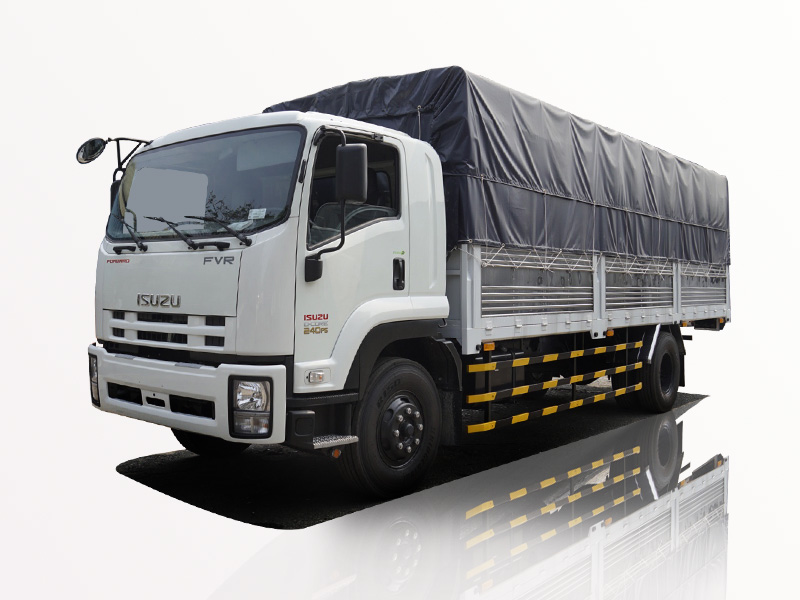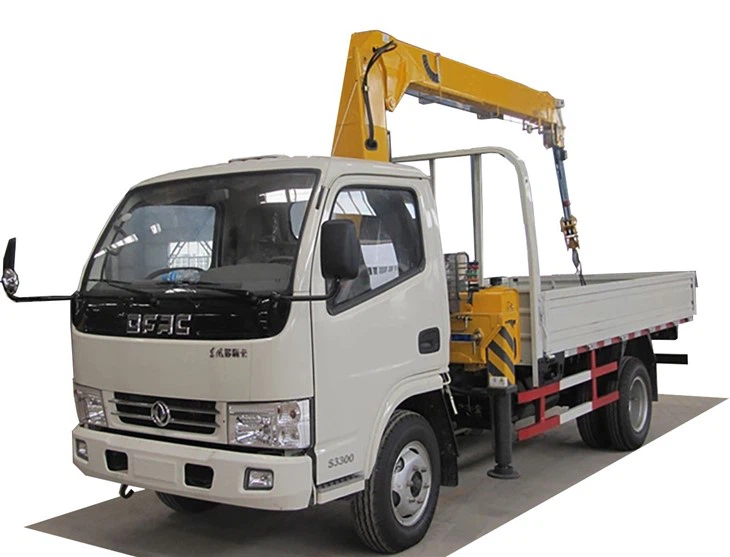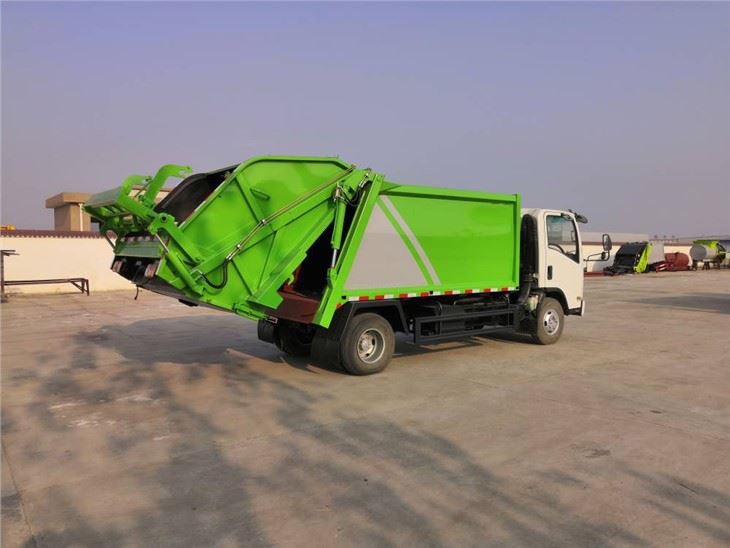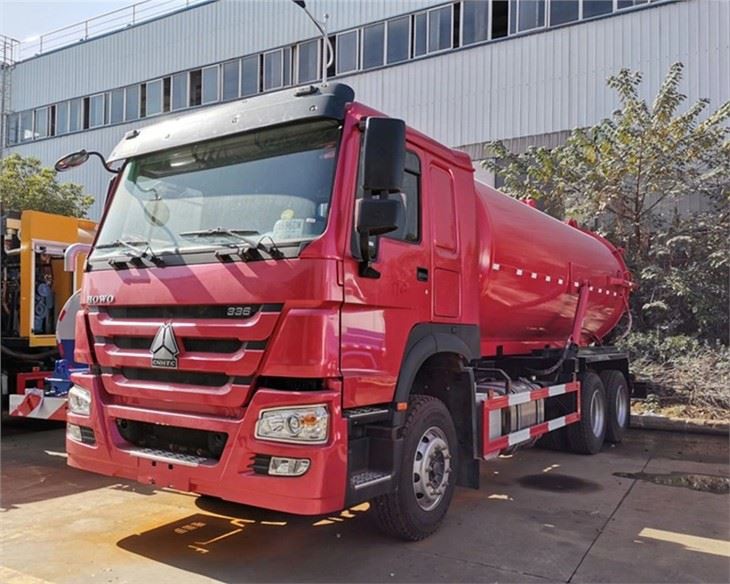Introduction
A semi wrecker attachment is an essential tool for towing and recovery professionals. This equipment is designed to enhance the capabilities of semi-trucks, allowing them to safely recover and transport vehicles that are disabled or abandoned. With the growing need for reliable towing services, understanding how to utilize a semi wrecker attachment effectively can significantly increase operational efficiency. This comprehensive guide will delve into the features, benefits, and various applications of semi wrecker attachments, presenting practical examples and tips for maximizing their utility.
What is a Semi Wrecker Attachment?
A semi wrecker attachment is a specialized piece of equipment that can be affixed to semi-trucks, transforming them into powerful towing and recovery vehicles. Unlike traditional wreckers, which require a dedicated towing vehicle, semi wrecker attachments can leverage the power and hauling capacity of semi-trucks. This dynamic allows for the recovery of larger vehicles and equipment while offering flexibility to tow multiple types of loads.
Features of Semi Wrecker Attachments
1. Versatility
Semi wrecker attachments are designed to accommodate a wide range of recovery scenarios, including passenger vehicles, heavy equipment, and abandoned automobiles. This versatility makes them invaluable for towing businesses looking to expand their service offerings.
2. Enhanced Load Capacity
Equipped with robust hydraulic systems, semi wrecker attachments can handle heavier loads than traditional tow trucks. This increased load capacity makes them suitable for industrial applications where bigger vehicles must be towed.
3. Advanced Recovery Features
Many semi wrecker attachments are fitted with cutting-edge technology such as winches and boom arms, allowing for easier and safer recoveries. These features often include:
- Dynamic load monitoring
- Rotating booms for better maneuverability
- Integrated lighting for night operations
4. Ease of Installation and Compatibility
Most semi wrecker attachments are designed for easy installation onto standard semi-truck chassis, ensuring compatibility with various makes and models. This means minimal downtime for operators who need to switch between loads.
Benefits of Using a Semi Wrecker Attachment
1. Cost Efficiency
Investing in a semi wrecker attachment can save towing companies money. Instead of purchasing a separate tow truck, operators can use their existing semi-trucks, maximizing their return on investment.
2. Increased Profitability
By expanding the range of services offered, businesses can tap into new revenue streams. Semi wrecker attachments allow operators to take on larger and more complex recovery tasks, thereby increasing their billing potential.
3. Improved Safety
Semi wrecker attachments are designed with safety in mind. The integration of advanced technology and durable materials ensures that both the operator and recovered vehicles remain safe during the towing process.
4. Flexibility of Use
Operators can quickly transition from hauling freight to providing recovery services without needing different vehicles. This flexibility allows for effective resource allocation, making the business more agile in responding to varied customer needs.
Common Applications of Semi Wrecker Attachments
1. Heavy-Duty Vehicle Recovery
When large trucks break down on highways or job sites, semi wrecker attachments can swiftly and safely recover them. For example, a semi wrecker can recover a tractor-trailer that has jackknifed, using its winching capabilities to pull the vehicle back on its wheels.
2. Construction Equipment Recovery
Construction sites often have heavy machinery that may become stuck or immobile. A semi wrecker attachment can be used to recover backhoes or excavators, essential for maintaining project timelines.
3. Abandoned Vehicle Removal
Local municipalities may need to clear out abandoned vehicles from streets or lots. Semi wreckers make it easy to remove these vehicles efficiently, minimizing public safety risks.
4. Accident Scene Management
In the aftermath of an accident, timely vehicle recovery is critical. A semi wrecker attachment can quickly remove damaged cars from the road, facilitating a smoother flow of traffic and ensuring safety for all road users.
How to Choose the Right Semi Wrecker Attachment
1. Assess Your Needs
Evaluate the types of loads you will be towing. Understanding your primary customer base and the vehicles you typically service will help determine the specifications you need.
2. Consider Compatibility
Ensure that the attachment is compatible with your current semi-truck model. Consider dimensions, weight limits, and any necessary hydraulic connections.
3. Review Manufacturer Reputation
Research reputable manufacturers known for their quality and durability. Customer reviews and industry feedback can provide insights into the reliability of specific models.
4. Evaluate Safety Features
Look for attachments equipped with safety features such as overload protection and enhanced visibility during operations. This will protect both your operators and the vehicles being towed.
5. Budget Considerations
Establish a budget that aligns with your business model. While it is essential to invest in a quality product, it should fit into your overall financial plan for equipment acquisition.
Practical Tips for Operating Semi Wrecker Attachments
1. Ensure Proper Training
All operators should undergo training to familiarize themselves with the equipment and safe operational practices. This knowledge will enhance both efficiency and safety during towing operations.
2. Perform Regular Maintenance
Like any vehicle, semi wrecker attachments require regular maintenance. Conduct frequent inspections of the winch, hydraulics, and boom functions to prevent malfunctions during operations.
3. Utilize Proper Towing Techniques
Always use the appropriate towing techniques based on the load type. For instance, when towing heavy machinery, ensure it’s properly secured, accounting for weight distribution and balance.
4. Communicate with Your Crew
Establish clear communication protocols with your team during recovery operations. Use radios or hand signals to ensure everyone is aware of the plan and role assignments, minimizing the risk of accidents.
5. Prepare for Diverse Situations
Recovery operations can be unpredictable. Be prepared by carrying essential tools and equipment, such as additional straps, blocks, and safety vests, to adapt to various recovery scenarios.
Frequently Asked Questions (FAQs)
1. Can any semi-truck use a semi wrecker attachment?
Not all semi-trucks are compatible. It is crucial to verify the specifications and compatibility of the attachment with your specific truck model.
2. What is the average cost of a semi wrecker attachment?
Prices can vary widely based on features and manufacturer. Generally, you can expect costs to range from $15,000 to $50,000 or more.
3. Do I need special licensing to operate a semi wrecker attachment?
Operators may require specific licensing or certifications based on local regulations. It’s essential to check with local authorities regarding towing requirements.
4. How often should I maintain my semi wrecker attachment?
Regular maintenance checks should be conducted monthly, with more thorough annual inspections. Always follow the manufacturer’s guidelines for specific maintenance schedules.
5. What types of loads can be towed with a semi wrecker attachment?
Semi wrecker attachments can tow a variety of loads, including passenger vehicles, commercial trucks, construction equipment, and even heavier machinery, depending on the attachment’s specifications.
6. Can semi wrecker attachments be used for off-road recovery?
Yes, many semi wrecker attachments are designed for off-road recovery. The capability depends on the specific model, so ensure that the attachment has adequate features for off-road situations.



